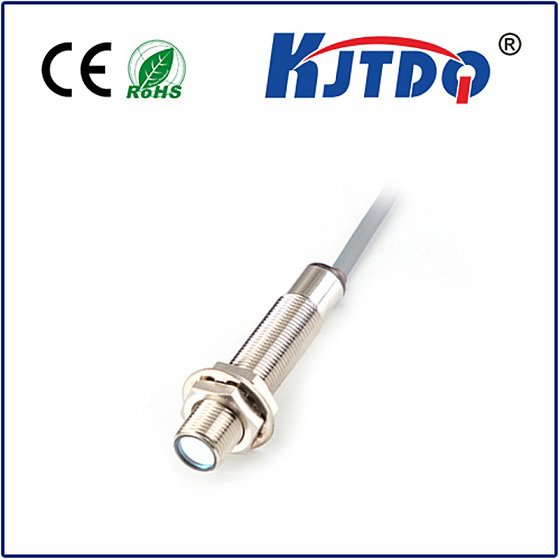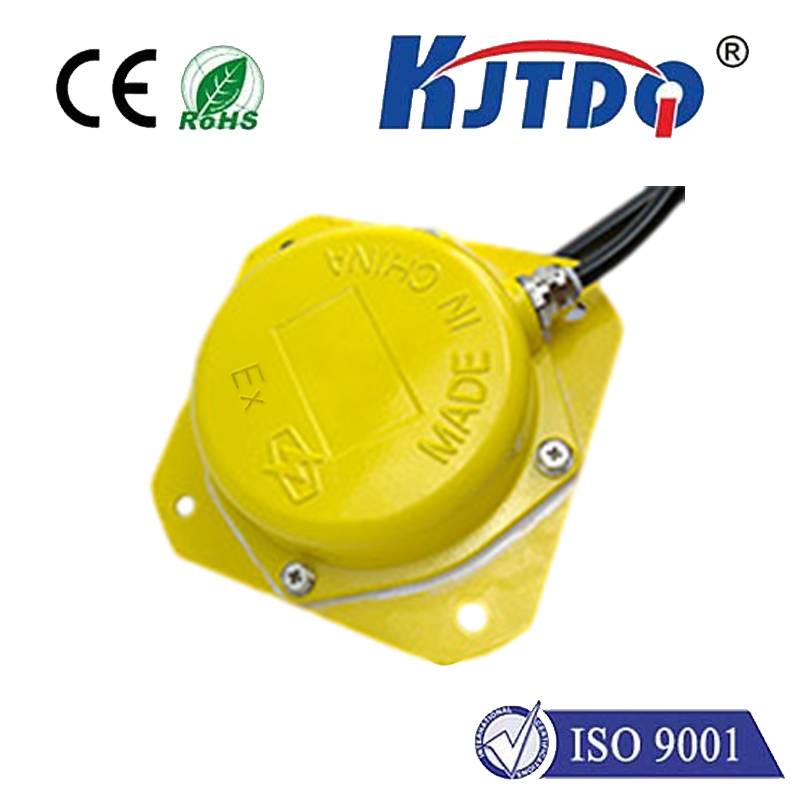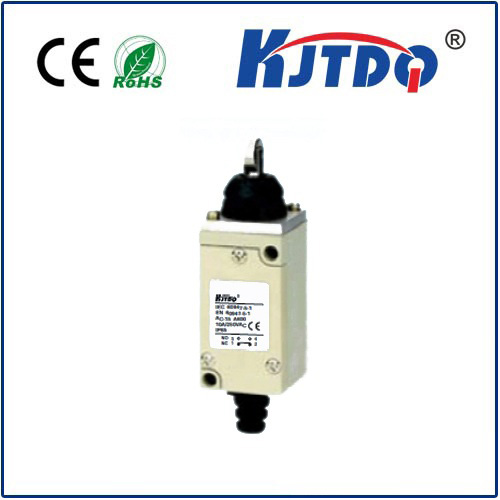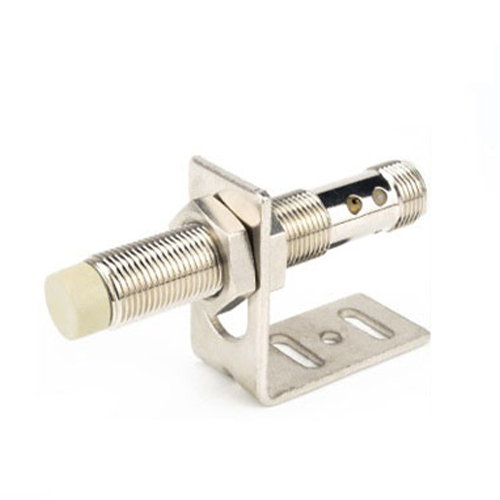photocell strip photoelectric sensor
- time:2025-09-12 00:00:07
- Нажмите:0
Unseen Efficiency: How Photocell Strip Sensors Revolutionize Detection Tasks
Imagine a high-speed packaging line. Cartons zip by at blinding speed. Suddenly, a case hangs slightly over the edge of the conveyor. Disaster looms – jams, damage, costly downtime. But wait… a long, slender strip, barely visible, instantly detects the overhang. In milliseconds, corrective action is taken. This silent, vigilant guardian? A photocell strip photoelectric sensor.
Photocell Strip Photoelectric Sensors: The Long-Range Detectives
Unlike their single-point counterparts, photocell strip sensors are engineered for continuous linear detection. Think of them as an array of tiny photoelectric eyes seamlessly integrated into a single, flexible or rigid strip, often several meters long. This unique form factor solves detection challenges where pinpoint accuracy matters less than knowing if anything is present anywhere along a critical line.
Core Operating Principle: Light, Interrupted
At its heart, the photocell photoelectric sensor strip relies on the fundamental principle common to all photoelectric sensors: light transmission and reception. Specifically, most operate in a Through-Beam configuration integrated into the strip:
- Emitter Side: One edge of the strip houses a continuous array of infrared light-emitting diodes (LEDs).
- Receiver Side: The directly opposite edge contains a precisely aligned array of phototransistors or photodiodes.
- The Beam: An invisible curtain of infrared light travels continuously from the emitter side to the receiver side across the entire length of the strip.
- Detection: When any opaque object interrupts the light beam at any point along the strip’s length, the corresponding receiver element(s) on the opposing side register a loss of signal.
- Output: This signal loss triggers the sensor’s output (e.g., switches from “light on” to “dark on,” or vice-versa), sending a signal to the control system (PLC, machine controller) indicating the presence of an object crossing the detection line.
Where Photocell Strips Truly Shine: Key Applications

The photoelectric sensor strip is uniquely suited for scenarios demanding broad-area ingress/egress monitoring or presence verification over a line:
- Conveyor Safety & Monitoring: Detecting overhanging packages, sagging materials, or products jutting beyond conveyor edges (preventing jams and damage). Monitoring when material starts or stops flowing onto/off of a conveyor section.
- Access Control & Security: Safeguarding dangerous machinery perimeters (light curtains may be overkill). Detecting entry/exit through doorways, gates, or tunnels for process control or security logging. Verifying personnel or vehicles cross a defined boundary.
- Material Handling & Sorting: Confirming the presence of pallets, totes, or large objects at loading/unloading bays. Acting as a “start of scan” trigger for barcode readers or vision systems by detecting the leading edge of a box across a wide area. Ensuring objects are fully within a sorting zone.
- Packaging & Filling Lines: Verifying carton flaps are properly closed before sealing. Checking that multiple items are present within a large case. Detecting misaligned lids or tamper-evident seals across the entire container width.
- Printing & Converting: Monitoring web breaks or significant sag in wide paper, plastic, or fabric rolls. Ensuring material feeds correctly into presses or cutters along its full width.
Advantages Over Traditional Sensors: Why Choose a Strip?
Integrating a photocell strip photoelectric sensor offers distinct benefits:
- Continuous Coverage: Eliminates detection “gaps” inherent in using multiple single-point sensors. Provides a solid electronic barrier or presence line.
- Simplified Installation: One sensor strip replaces numerous individual sensors, significantly reducing mounting hardware, wiring complexity, and alignment headaches. Just mount the emitter and receiver strips parallel to each other.
- Cost-Effectiveness: While initially higher cost than a single sensor, a strip is often far cheaper and less complex than installing and wiring many individual sensors for long-distance monitoring.
- Enhanced Reliability: Fewer components mean fewer potential points of failure. Alignment, once set, is generally robust for the entire length.
- Clear Object Definition: Provides a definitive digital signal – object present crossing the line or not – ideal for straightforward process control decisions.
Important Considerations for Implementation
While powerful, photoelectric sensor strips have specific operational parameters:
- Operating Range: The maximum gap between the emitter and receiver strips is defined by the sensor model. Exceeding this range prevents reliable detection.
- Object Characteristics: Best suited for opaque objects. Transparent or highly reflective materials may allow enough light to pass or scatter, causing unreliable switching. Minimal detectable object size depends on the resolution of the photocell array within the strip.
- Environmental Factors: Dust, steam, fog, or intense ambient light can interfere with the infrared beam, potentially causing false triggers or missed detections. Choose models with adequate environmental protection (IP ratings) and consider housings if needed.
- Mounting Stability: The emitter and receiver strips must be mounted stably and precisely parallel to each other over their entire length for consistent operation. Vibration or misalignment can cause issues.
- Output Types: Typically offer standard discrete outputs (PNP/NPN, NO/NC). Ensure compatibility with your control system’s input requirements.
Outputs & Integration: Bridging the Detection Gap
The signal generated by the photocell photoelectric sensor strip is typically a simple discrete DC output (like 24V DC). This output state changes whenever the beam is broken anywhere along the strip’s length. This signal is easily wired into Programmable Logic Controllers (PLCs), safety relays, machine controllers, or indicator lights. Its purpose is to provide a reliable “go/no-go” signal based on the presence or absence of an object blocking the continuous beam.
Maintenance & Longevity: Keeping the Beam Strong
Maintenance is generally low:
- Keep it Clean: Regularly wipe lenses (if exposed) on the emitter and receiver strips to prevent dust or grime buildup that attenuates the light signal.
- Check Alignment: Periodically verify that the strips remain parallel and within the specified operating distance, especially if the mounting surface is subject to vibration or shock.
- Inspect Wiring: Ensure cabling to the sensor strip and from the strip to the controller remains secure and undamaged.
Выводы
The photocell strip photoelectric sensor is a master of elegant simplicity in industrial automation. By transforming a continuous line into a detection zone, it solves complex monitoring problems with a surprisingly straightforward solution. When your application demands knowing if anything breaches an invisible line – whether for safety, process control, positioning, or verification – this versatile sensor strip offers unparalleled continuous coverage and operational simplicity. Look to the photoelectric sensor strip as the optimal choice for guarding edges, monitoring entries, and ensuring seamless material flow across critical linear paths.
















